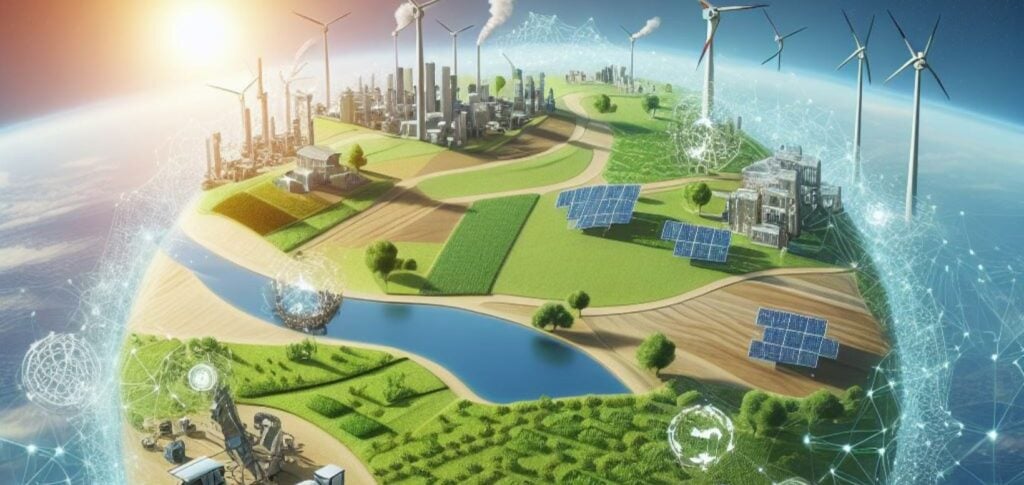“If we don’t act now, it’s just a taste of what’s to come,” says Mamadou Goita, from the IPES-Food group, which works with farmer organizations, mainly in Africa.
ADVERTISING
Food production is an activity with significant greenhouse gas emissions and highly exposed to climate change. Some of these impacts are long-term, such as lower land yields, warming oceans, seasonal shifts between pollinators and plants, or excessive heat in agricultural work.
But others must already be included among the current risk factors. Floods can cause “sudden devastation of livelihoods and infrastructure”, explains Rachel Bezner Kerr, professor at Cornell University, in the United States.
The year 2022 records dramatic examples
A heat wave affected crops in South Asia and drought devastated those in Europe; floods drowned rice fields in Nigeria and China. The crisis affects the most vulnerable.
ADVERTISING
Some 22 million people are threatened by famine in Kenya, Somalia and Ethiopia, after four rainy seasons... without rain, according to the UN World Food Programme.
In Pakistan, unprecedented monsoon floods have swallowed large areas of agricultural land.
Weather disasters can lead to export restrictions, such as those imposed by India this year after its wheat harvest suffered in the heat wave. Speculation and the energy crisis caused by the war in Ukraine only worsened the situation, raising grain prices.
ADVERTISING
A part of solutions is monetary, the other involves reducing emissions of polluting gases – as food production will be “impossible” in certain regions if warming remains on its current trajectory, according to the IPCC.
The inhabitants of rich countries could, in turn, reduce their meat consumption and, as a consequence, the use of cereals as livestock feed. As a result, livestock farming would no longer advance to the detriment of forests. And all countries could diversify their usual diet beyond rice, corn, wheat and potatoes.
But these solutions have their limits. Today, there are no varieties of cereals capable of resisting the increasingly frequent and destructive weather and the disasters that plague the planet.
ADVERTISING
(With AFP)
Read also




